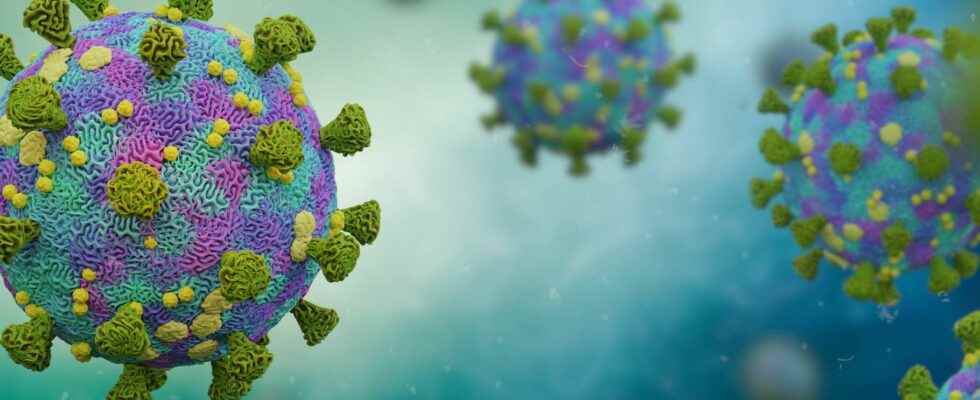You will also be interested
[EN VIDÉO] 5 dangerous viruses created in the laboratory Several high security laboratories around the world handle dangerous viruses. Some scientists even go so far as to create new ones to study their potential effects.
The RNA virus differ from classic viruses DNA in that they evolve much faster. In us humans, they cause illnesses ranging from the common cold to Covid-19 or even Ebola. But they also infect plants or animals that are precious to us. And their presence in our environment remains relatively little studied. Notably because viruses lack RNA the bar code genetics – unique short stretches of DNA – that distinguish one species from another.
Today, however, an analysis of genetic material content in the oceans reveals the presence of several thousand previously unknown RNA viruses. Viruses so diverse that they simply double the number of biological groups of viruses thought to exist, say the Ohio State University researchers (United States). The trick used by microbiologists: working on a protein shared by all RNA viruses. Or more exactly on the embarrassed RdRp who encodes it. Because this gene has small differences that can help distinguish one type of virus from another. And then it doesn’t show up in other viruses or cells.
The researchers examined a database RNA sequences from plankton collected by theTara Oceans expedition. Because plankton is a common host for RNA viruses. Some 35,000 samples from more than 120 different regions around the world. And they identified more than 44,000 sequences of the gene that codes for the viral protein that interests them.
A new light on life
The researchers continued their work by trying to determine the evolutionary connections between all these sequences. Assuming that the more similar the genes are, the more likely the viruses that carry them are closely related. Thanks to the’artificial intelligence and in-depth analysis using 3D representations of sequence structures, they differentiated 5,504 new RNA viruses. And increases the number of known biological groups of viruses from five to ten. They even think they have found Taraviricota – a group present in all the oceans -, the missing link in the evolution of RNA viruses that scientists have long sought, linking two different known branches of RNA viruses that have diverged in their mode of replication.
5,500 new species of #virusRNA were identified in the World Ocean from water samples taken during the mission #TaraOceans. This is a new chapter in the understanding of viruses at #ARN in marine ecosystems. https://t.co/bakrcja4OY
— Tara Ocean Foundation (@TaraOcean_) April 8, 2022
This work is important not only because RNA viruses can be deadly to humans. They are also important because they shed light on the evolution of life on Earth. The RdRp gene might be one of the oldest genes in the world. It existed even before life needed DNA.
RNA viruses also play a central role in ecosystems. By infecting all kinds of organisms, they influence environments and food webs at the chemical level. They could thus have a role to play in the way the oceans adapt to the global warming. On how the oceans absorb and store about half of the carbon that our activities emit into the atmosphere.
Note that for the time being, researchers do not know which organisms these new RNA viruses infect. Notably because the fragments of genomes available to them are incomplete and particularly complex to decipher. They still hope to be able to determine in the future which types of genes might be missing and how these have evolved over time. To better understand how these RNA viruses work.
Interested in what you just read?
